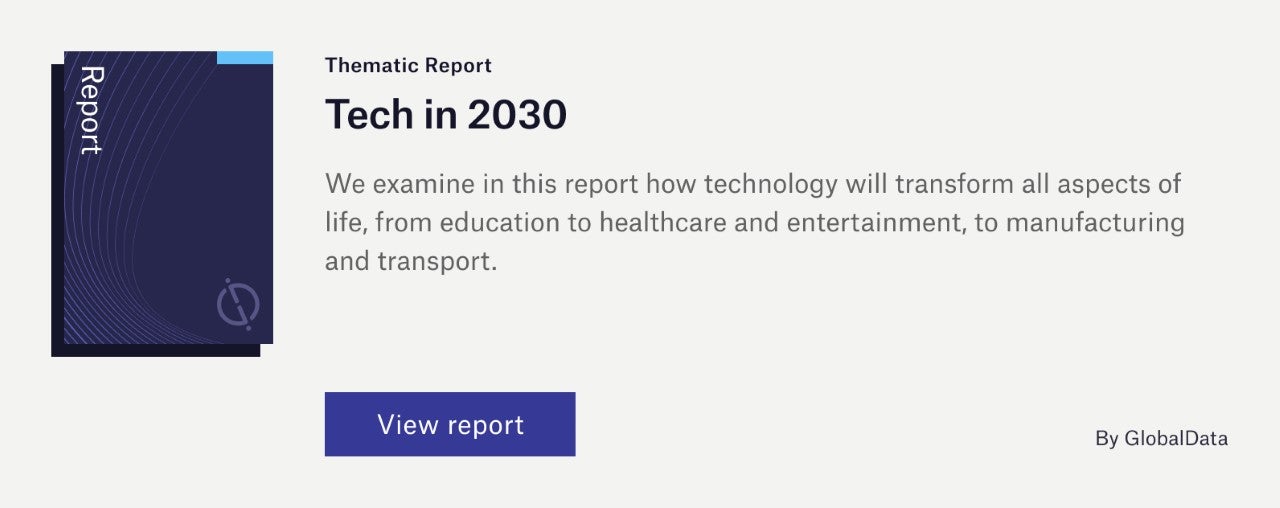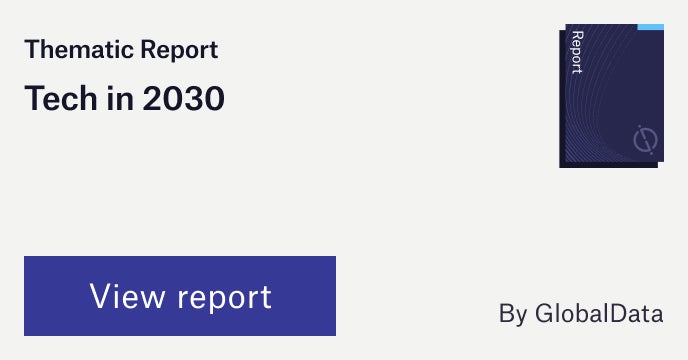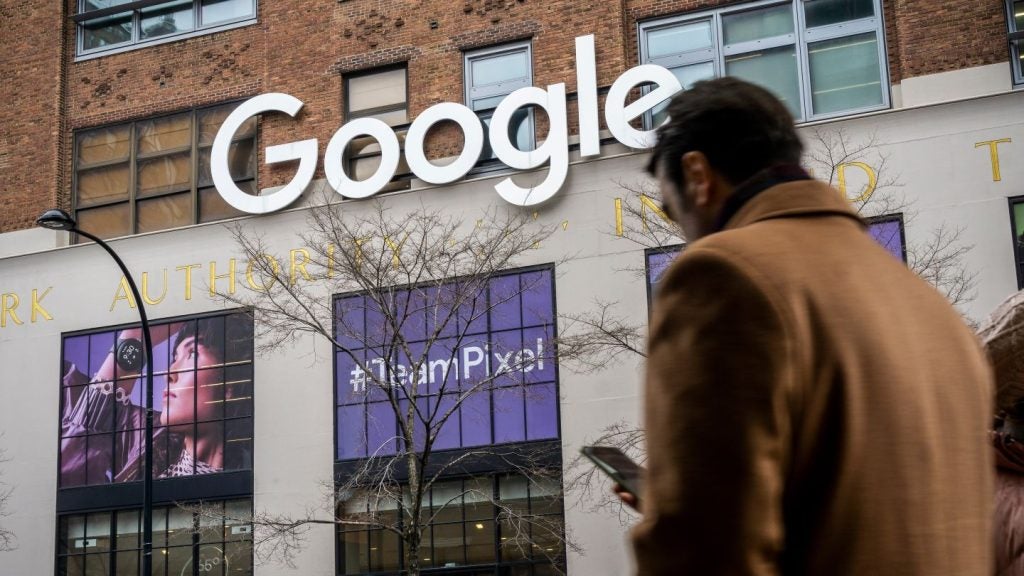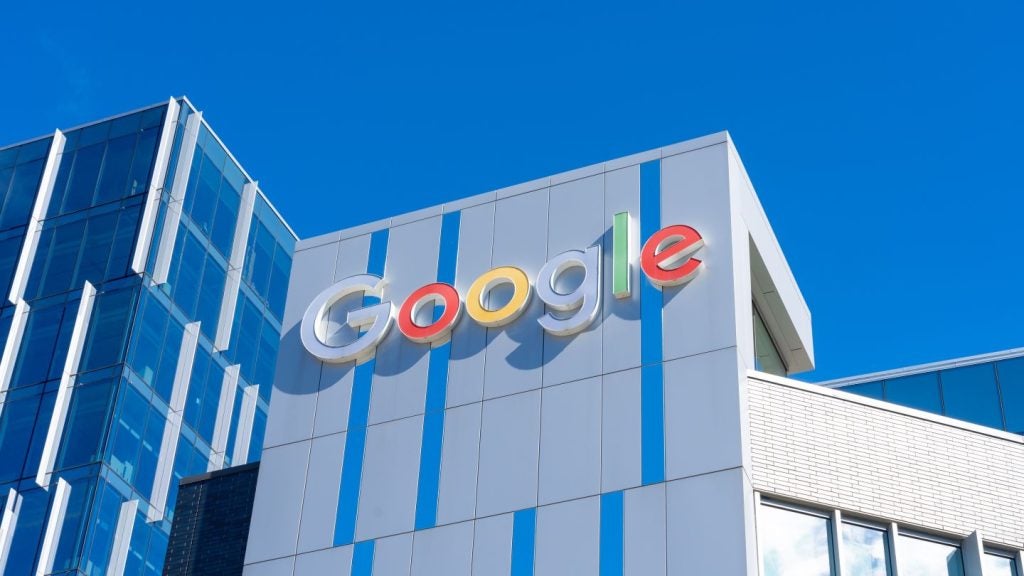The future of the technology industry will be shaped by a range of disruptive themes, with video streaming being an important theme that will have a meaningful impact throughout the advertising sector. A detailed analysis of the theme, insights into the leading companies, and their thematic and valuation scorecards are included in GlobalData’s thematic research report,Internet TV – Thematic Research. Buy the report here.
TV consumption continues to move from scheduled TV broadcasts to on demand video streamed over the internet. The two main types of video streaming services are over-the-top (OTT) TV and internet protocol TV (IPTV). The former runs on top of a public internet connection, while the latter refers to video streamed over a private, dedicated network, typically owned by a telecom operator. Collectively, we refer to OTT TV and IPTV as internet TV. In 2019, there were 921 million subscribers to traditional pay TV services (cable TV and satellite TV) worldwide, down 1% on the previous year. By contrast, the number of OTT TV subscribers rose 44% to 839 million, and a further 335 million people had IPTV subscriptions. Since March 2020, as the Covid-19 pandemic has forced more consumers to stay at home, demand for internet TV services, which are cheaper and more flexible than traditional pay TV bundles, has surged. We expect OTT TV subscriptions to grow at a compound annual growth rate (CAGR) of 12% over the next three years, while cable and satellite TV subscriptions will fall at a CAGR of 1% over the same time period.
However, not all companies are equal when it comes to their capabilities and investments in the key themes that matter most to their industry. Understanding how companies are positioned and ranked in the most important themes can be a key leading indicator of their future earnings potential and relative competitive position.
According to GlobalData’s thematic research report Internet TV, leading adopters include: Amazon, Alphabet, WPP, Microsoft, Apple, Adobe, Tencent, Comscore, Alibaba, Baidu and Meta.
Insights from top ranked companies
Amazon
Amazon Prime had over 150 million subscribers worldwide by January 2020, closing in on Netflix’s 182 million. However, it is not clear how many of these Prime members access the Prime Video service. It undercuts Netflix on price, with the standalone video service costing $8.99 a month, rising to $12.99 a month for full Prime membership. Amazon’s content budget of $6bn in 2019 was superseded by both Netflix ($15bn) and matched by newcomer Apple, but it still produced acclaimed original content, picking – up 47 Emmy nominations in 2019. Prime Video has a good selection of licensed content, but its library is not as large as that of Netflix. However, unlike Netflix, Amazon has entered the live sports market, securing the rights to all Thursday night NFL games, ATP tennis, and some English Premier League football matches. More exclusive content is also offered for rental or purchase. It has a good user interface and recommendation engine, yet it is not up to the level of the market leader, Netflix.
Alphabet
Google offers two paid services: YouTube Premium and YouTube TV. YouTube Premium provides ad-free YouTube access with YouTube original series’ included on-demand. The content on offer cannot yet compete with other players in the market, and many subscribers are only interested due to its lack of ads, which (at $11.99 in the US) comes at a hefty price. As of Q1 2020, the service had about 20 million subscribers. Offering 70 live TV channels, YouTube TV is the perfect bridge between traditional and internet TV. As of Q1 2020, YouTube TV only had two million subscribers, suggesting that users moving away from traditional TV are not interested in live TV beyond sports and the news. YouTube’s free tier is by far the largest streaming platform in the world, with over two billion users. This has seen YouTube’s ad revenue grow 33% year on year, reaching over $4bn in Q1 2020.
Tencent
Tencent Video is currently China’s leader in internet TV, a position that it contests with iQiyi. As of Q4 2019, Tencent Video’s 106 million paid subscribers was just ahead of iQiyi’s 105.8 million. Ad-supported content can be accessed for free, taking total monthly users to 900 million and blowing the competition out of the water. Tencent is experimenting with incorporating ads directly into content to avoid ruining the user experience. This will include overlaying ads onto surfaces within the shows themselves (such as onto coffee cups or signs). This could be revolutionary for advertising, especially since ad revenues have decreased as a result of OTT TV’s uncertain content-consumption schedules and the Covid-19 pandemic. In 2019, Tencent Video renewed its exclusive NBA streaming deal for a further five years. China is the world’s fastest-growing market for basketball viewership and 490 million unique viewers streamed at least one game on Tencent Video during the 2018-19 season. There is huge scope for Tencent to dominate the market in China’s favourite sport, which will help grow its user base further.
To further understand the key themes and technologies disrupting the technology industry, access GlobalData’s latest thematic research report on Internet TV.
- ByteDance
- Z Holdings
- Vivendi
- Nielsen
- Criteo
- Clear Channel
- M&C Saatchi
- Trade Desk
- Outfront Media
- Magnite
- Lamar Advertising
- Omnicom
- Dentsu
- TripAdvisor
- JC Decaux
- Publicis
- Interpublic
- Meta
- Cheil
- Marchex
- ChannelAdvisor
- HubSpot
- Snap
- Yelp
- Yandex
Data Insights
From

The gold standard of business intelligence.
Blending expert knowledge with cutting-edge technology, GlobalData’s unrivalled proprietary data will enable you to decode what’s happening in your market. You can make better informed decisions and gain a future-proof advantage over your competitors.









